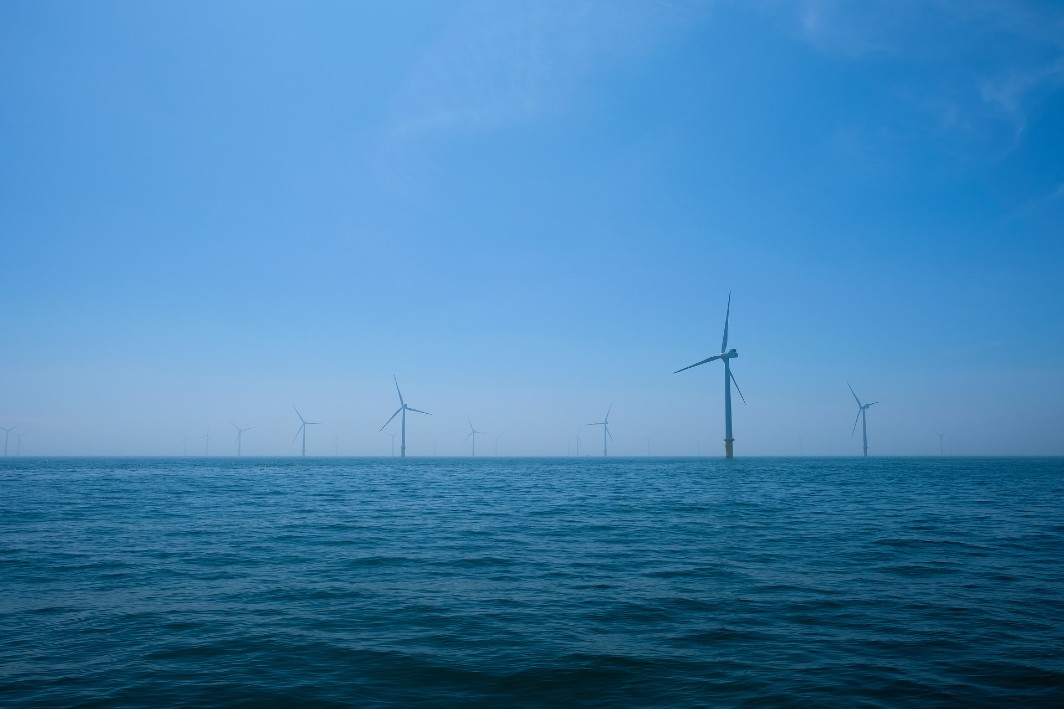The Hub review: is the National Infrastructure Strategy fit for purpose?
The government has launched its long-awaited National Infrastructure Strategy, detailing how transport, industry, energy and the built environment will be transformed to reach net zero, with Chancellor Rishi Sunak using his spending review to confirm a £12bn commitment to the net zero transition in 2021-2022.
So far, so good. Every business out there with a vested interest in low carbon should be pleased to see another policy document aiding the ascendancy of the net zero agenda. However…
The Strategy headlines
A few key elements to pick out; in the 2021-2022 financial year – a real-terms, year-on-year increase of £27bn for infrastructure is available.
But when you dig into the details, you’ll find this within the actual Strategy PDF: ‘Record investment in strategic roads (over £27 billion), including the A66 between Penrith and Scotch Corner, Lower Thames Crossing, and the A303 Stonehenge; and delivering a Union Connectivity Review reviewing options to improve transport links across the four nations of the UK.’
It’s something of a push to talk in the Executive Summary about sustainably supporting the recovery through ‘government investment in economic infrastructure of £27 billion in 2021-22,’ when actually government is talking about a massive road building programme.
There is widespread discontent. Caroline Lucas, Green Party MP, told edie: “A week after the Prime Minister’s ten-point plan, the Chancellor seems to have forgotten about the climate and nature crises.
“The biggest ever investment in new roads does not deliver a greener future – and nature was not mentioned once. This won’t put us on the path to 1.5C.”
“Government documents confirm that only £3bn of new money has been allocated to a green stimulus to tackle the unemployment crisis. Taking into account all of their green investment, the Government is still miles behind the tens of billions committed by France and Germany.” said Ed Milliband Labour MP and Shadow BEIS Secretary.
Opacity vs truth
The challenge for low carbon government and indeed ongoing global work to limit the climate crisis has always been to sidestep greenwash and genuinely lay out the right funding, along the most useful lines to actually achieve real world change.
Along that theme, there is at least some positivity in the Strategy. “We welcome the creation of a national infrastructure bank and would urge that the net-zero target, the Environment Bill targets and the levelling up agenda are all central to its mandate,” The Aldersgate Group’s executive director Nick Molho told edie.
“The Government’s confirmation that the UK will have an emissions trading scheme from January 2021 which will be aligned with the UK’s net zero target will send a reassuring signal to investors.”
Headline numbers within the document – sustainable or not?
£5 billion to support UK-wide gigabit broadband roll-out, a Shared Rural Network extending 4G mobile coverage to 95% of the UK, and £250 million to ensure resilient and secure digital networks.
£1 billion to support the establishment of carbon capture and storage in four industrial clusters.
£1.3 billion in charging infrastructure to accelerate the mass adoption of electric vehicles ahead of ending the sale of new petrol and diesel cars by 2030.
Over £9 billion support through the Bank of England’s COVID-19 Corporate Financing Facility, grants for research and development, loan guarantees and support for aerospace exports.
Vital transport links to the mainland for people living on the Isle of Wight and the Isles of Scilly, including an emergency package of up to £10.5 million for lifeline ferry services.
£200 million towards the Port Infrastructure Fund to ensure that ports across the UK have the necessary infrastructure in place for freight to continue to flow smoothly in and out of the UK.
The disconnect
Hub readers will quickly see the issues with the Strategy based on a sustainability thematic. Charging infrastructure for electric vehicles, yes. Cash for Isle of Wight ferries, no.
£200 million towards ensuring Brexit doesn’t reap havoc with supply chains, no. £1 billion for carbon capture, yes.
In summary, the Strategy isn’t all bad from an environmental perspective. The issue, and it isn’t one confined to this Parliament or government alone, is the tendency to spin wider strategy and infrastructure releases and pledges as overarchingly environmental.
This undermines the good points in the document; £1 billion for carbon capture, when 27 times that is going on more roads.
This slightly odd mix of policy, spin and opacity needs to stop, so that low carbon businesses and investors can truly sense where the money is going, without digging into 100 page documentation from end to end.













